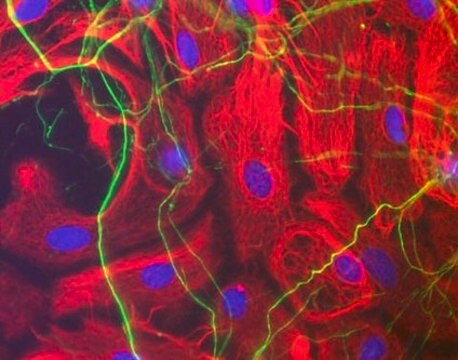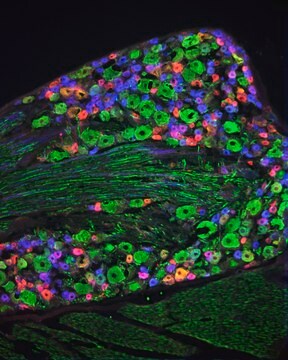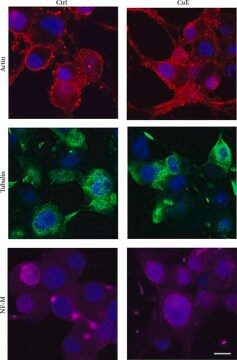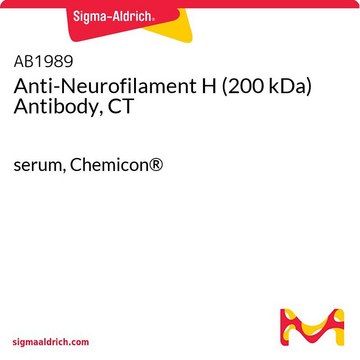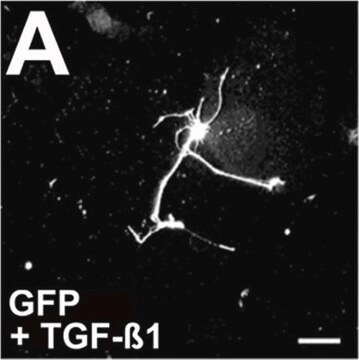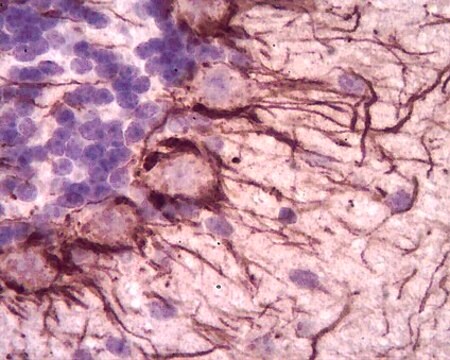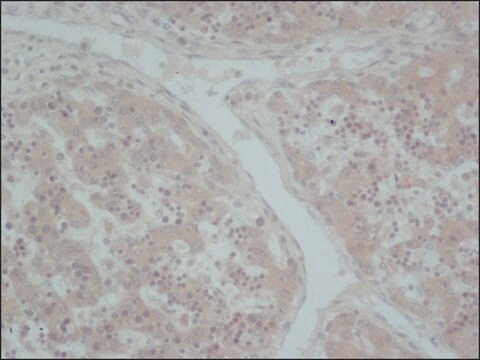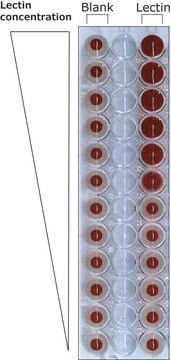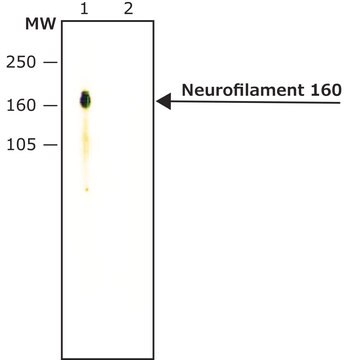N5389
Anti-Neurofilament H (200 kDa) Antibody

mouse monoclonal, NE14
Synonim(y):
Przeciwciało NF200 - monoklonalne przeciwciało przeciwko neurofilamentowi 200 wytwarzane u myszy, Przeciwciało Nf200, Przeciwciało neurofilamentowe
About This Item
Polecane produkty
Nazwa produktu
Monoclonal Anti-Neurofilament 200 antibody produced in mouse, clone NE14, ascites fluid
pochodzenie biologiczne
mouse
Poziom jakości
białko sprzężone
unconjugated
forma przeciwciała
ascites fluid
rodzaj przeciwciała
primary antibodies
klon
NE14, monoclonal
masa cząsteczkowa
antigen apparent mol wt 200 kDa
zawiera
15 mM sodium azide as preservative
reaktywność gatunkowa
pig, mouse, chicken, bovine, guinea pig, rabbit, rat, human
rozszerzona walidacja
independent ( Antibodies)
Learn more about Antibody Enhanced Validation
metody
immunohistochemistry (formalin-fixed, paraffin-embedded sections): 1:40
immunohistochemistry (frozen sections): suitable
microarray: suitable
western blot: suitable
izotyp
IgG1
numer dostępu UniProt
Warunki transportu
dry ice
temp. przechowywania
−20°C
docelowa modyfikacja potranslacyjna
unmodified
informacje o genach
human ... NEFH(4744)
Opis ogólny
Immunogen
Zastosowanie
Immunofluorescence (1 paper)
Immunohistochemistry (1 paper)
- immunohistochemistry
- immunolabeling
- immunofluorescence
Działania biochem./fizjol.
Oświadczenie o zrzeczeniu się odpowiedzialności
Nie możesz znaleźć właściwego produktu?
Wypróbuj nasz Narzędzie selektora produktów.
polecane
Kod klasy składowania
10 - Combustible liquids
Klasa zagrożenia wodnego (WGK)
WGK 3
Temperatura zapłonu (°F)
Not applicable
Temperatura zapłonu (°C)
Not applicable
Wybierz jedną z najnowszych wersji:
Masz już ten produkt?
Dokumenty związane z niedawno zakupionymi produktami zostały zamieszczone w Bibliotece dokumentów.
Klienci oglądali również te produkty
Nasz zespół naukowców ma doświadczenie we wszystkich obszarach badań, w tym w naukach przyrodniczych, materiałoznawstwie, syntezie chemicznej, chromatografii, analityce i wielu innych dziedzinach.
Skontaktuj się z zespołem ds. pomocy technicznej


